
Best Library Management System using Python on Django Framework
Library Management System
A simple project on Library Management System developed using the Django framework provides a structured and efficient way to manage books, students, and transactions within a library. This project is highly beneficial for students and beginners who want to understand how real-world applications like library systems are developed using Python and Django. By building and running this project, one can explore concepts of web development, CRUD operations, authentication, and database handling in a practical manner.
Best Final Year Project For Data Science :–Click Here
Project Overview
| Project Name | Library Management System |
|---|---|
| Language/s Used | Python, Django, HTML, CSS |
| Database | SQLite3 |
| Type | Web Application |
About the Project
Best Advanced Python Projects:-Click Here
The Library Management System is a Django-based web application designed to automate and simplify the process of handling library operations. It allows students to view available books, request issues, manage fines, and track return deadlines. At the same time, administrators can manage books, authors, issues, and students with ease. The system eliminates the need for manual record-keeping and provides a centralized digital platform to handle library activities effectively.
The project focuses on real-world challenges faced in libraries, such as tracking issued books, calculating fines, managing book inventories, and ensuring secure student access. All these functionalities are built with Python and Django, with a clean front-end developed using HTML and CSS.
Download New Real Time Projects :–Click here
Available Features
Based on the project files, the following features are implemented:
General User (Anyone)
- View all available books on the homepage.
- Search books by author, book name, or category.
- Sort books or authors alphabetically.
Student
- Register (Sign Up) and Login securely.
- Request books from the library.
- View and filter their requests and issued books (Requested Issues, Issued Books, or All).
- Track fines:
- Days remaining to return a book.
- Days past the return deadline with applicable fines.
- View book status directly (Issued, Requested, or Available).
Admin
- Login to an admin dashboard.
- Manage book issues:
- View, delete, search, and filter issues.
- Accept issue requests with a manually selected return date or auto-calculated return date.
- Manage books:
- Add, delete, search, and filter books based on author.
- Manage authors:
- Add, delete, and search authors.
- Manage students:
- Search, add, modify, and delete student details.
- Filter students by department.
- Check all fines and issues of a student.
- View student account details such as last login, date joined, and associated user.
- Manage fines:
- Calculate fines automatically with a button.
- Create, delete, and search fines by student ID.
- Toggle fine payment status (for manual cash payments).
- Change user passwords when required.
Best Final Year Project For Python :- Click Here
Why This Project is Useful for Students
As a student, working on this project is extremely insightful because it mirrors real-world applications. Most universities and schools use some form of a library management system, and this project provides a practical version of it.
- Hands-on with Django: Students gain exposure to Django’s model-view-template architecture and understand how CRUD operations are implemented.
- Authentication: By implementing login/signup for students and admin, one learns how to manage user roles and permissions effectively.
- Database Management: The project uses SQLite to store books, students, issues, and fines, teaching the basics of relational database management.
- Practical Application: The system solves real problems faced by both librarians and students, such as book requests, return tracking, and fine calculation.
From an academic perspective, this project is an excellent mini-project or semester project that demonstrates the integration of both backend and frontend technologies.
Best Final Year Project For JAVA :- Click Here
Installation Guide (Step-by-Step in VS Code)
To run this Library Management System on your computer, follow the steps below using VS Code:
Step 1: Install Python
Make sure Python (preferably version 3.8 or above) is installed. You can verify this with:
python --version
Step 2: Install VS Code
Download and install Visual Studio Code if not already installed.
Step 3: Open Project in VS Code
- Extract the project ZIP file.
- Open the extracted folder in VS Code.
Step 4: Create Virtual Environment
In the VS Code terminal, create and activate a virtual environment:
python -m venv venv
Activate the environment:
- On Windows:
venv\Scripts\activate
- On Mac/Linux:
source venv/bin/activate
Step 5: Install Dependencies
Install Django and other required libraries:
pip install django
Step 6: Apply Migrations
Run the following commands to set up the database:
python manage.py makemigrations
python manage.py migrate
Step 7: Create Superuser (Admin)
Create an admin account to access the admin dashboard:
python manage.py createsuperuser
Step 8: Run the Server
Start the development server:
python manage.py runserver
Access the application in your browser at:
http://127.0.0.1:8000/
Usage
The Library Management System is designed for two main roles: Students and Admins.
Student Role
- Students can create an account and log in to access their dashboard.
- They can search books, request issues, and track their book requests.
- The system automatically updates their fines and shows the return status of each book.
- Students can filter their issues to see only requested, issued, or all together.
- The fines page provides transparency about due dates and pending fines.
Admin Role
- Admins log in through a separate dashboard with full control over the system.
- They manage the library catalog by adding, editing, deleting, or searching books and authors.
- Admins oversee student activity, including login details, fines, and book requests.
- They process book issue requests, set return dates, and calculate fines.
- Admins have the ability to reset passwords, toggle fine payment statuses, and keep records accurate.
This clear separation of responsibilities ensures a smooth and organized system, just like real-world library workflows.
We have Best projects Available in all languages:–Click Here
library management system project in python django with source code
library management system django github
library management system project in python pdf download
library management system project in python with mysql
library management system project in python using csv file
library management system project using django github
library management system in python django
library management system project in python github
library management system using python on django framework with source code
library management system using python on django framework ppt
library management system using python on django framework pdf
library management system using python on django framework github
library management system using python on django framework example
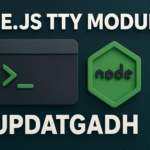
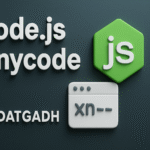





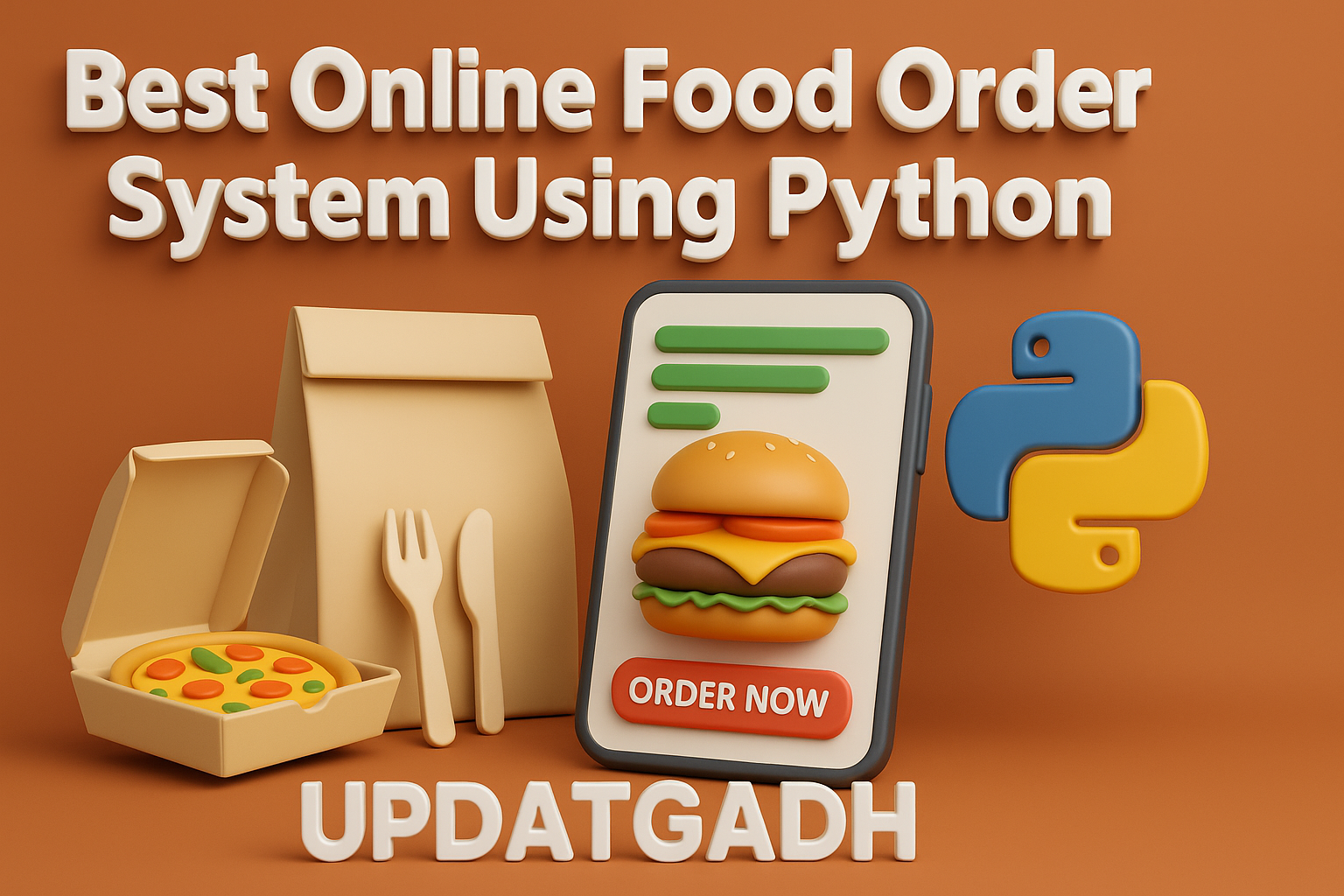
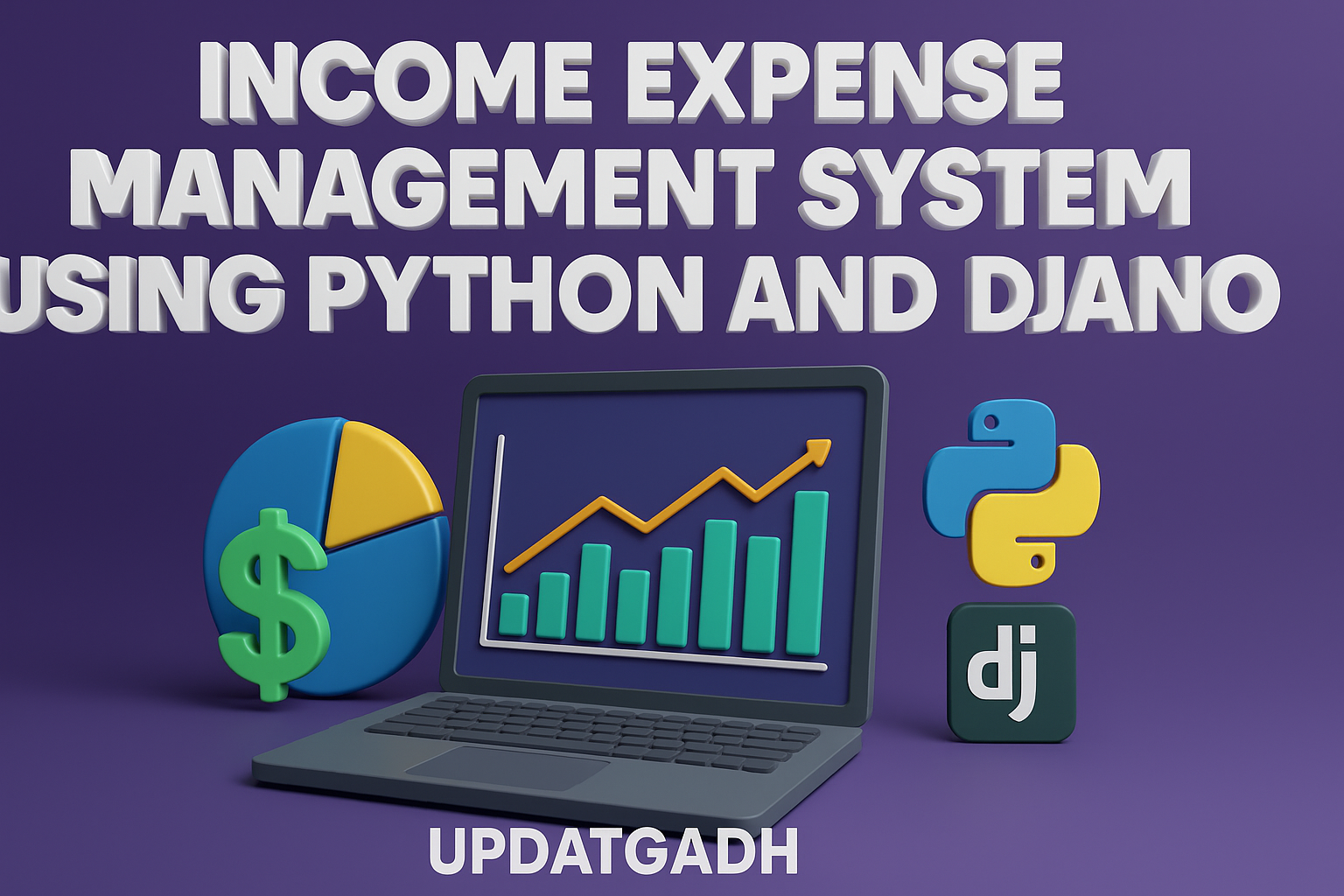
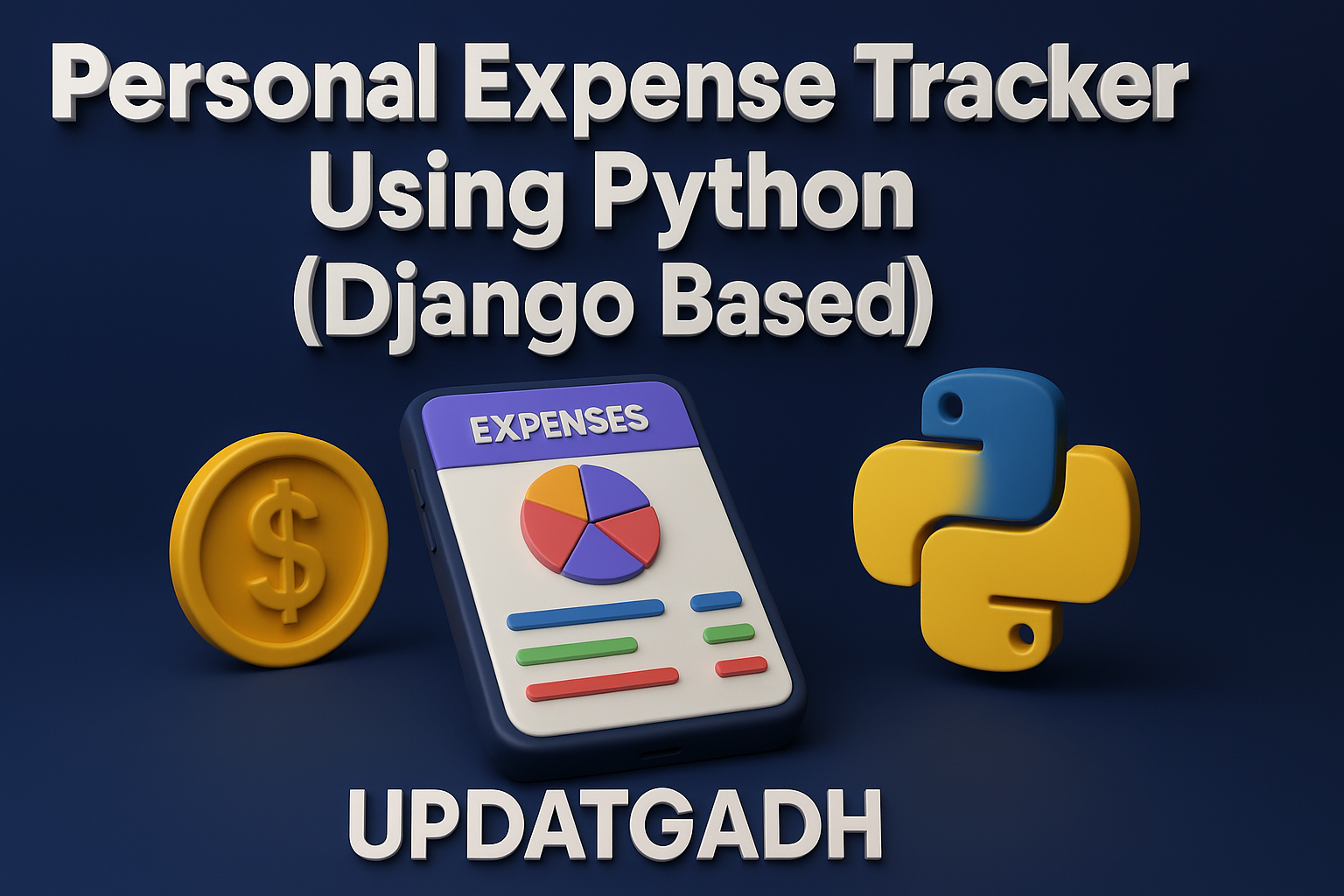
Post Comment